| Autres Noms | Coupe-entaille, coupe-écrasement, couteaux à coupe-entaille, couteaux de re-coupe, coupe-écrasements, couteaux plats |
|---|---|
| Lieu d'Origine | Chine |
| Application | Plastique, papier, carton, non-tissé, film, feuille, étiquettes, ruban adhésif, textile, emballage, tapis, sacs, tubes, noyaux, caoutchouc |
| Matériau | 65Mn,9CrSi,Cr12MoV,SKD-11,HSSl |
| Numéro de Modèle | CV-CK |
| Service OEM | Disponible |
| Conditions de Paiement | L/C, T/T, Western Union |
| Emballage | Boîte en Carton, Caisses en Bois |
| Délai de Livraison | 7-20 Jours |
Partager sur :
Couteaux circulairesLes lames rotatives, également appelées couteaux à disque, sont des outils de coupe de forme circulaire et à bord extérieur affûté. Ils sont conçus pour couper des matériaux par un mouvement rotatif, souvent contre une contre-lame ou une enclume. Le terme « lames rotatives »couteaux circulaires« » est vaste et englobe une grande variété d'outils de coupe en forme de disque utilisés dans de nombreux secteurs pour trancher, refendre, perforer et entailler divers matériaux. Leur rotation permet une coupe continue et efficace, ce qui les rend idéaux pour les processus de production à grande vitesse.
Couteaux circulaires Leur efficacité et leur polyvalence dans la découpe de matériaux variés leur permettent de trouver de nombreuses applications dans de nombreux secteurs d'activité. Parmi les principales applications, on peut citer :
Le choix du matériau des couteaux circulaires dépend fortement du matériau à couper, de la vitesse de coupe et de la durée de vie souhaitée de la lame. Les matériaux courants sont :
Des revêtements tels que le nitrure de titane (TiN), le nitrure de chrome (CrN) ou le carbone de type diamant (DLC) peuvent être appliqués pour améliorer la dureté de la surface, réduire la friction et prolonger la durée de vie des couteaux circulaires, en particulier lorsqu'il s'agit de matériaux abrasifs ou collants.
Couteaux circulaires Disponibles dans une large gamme de formes et de configurations de bords pour optimiser les performances de coupe pour des applications spécifiques. Les formes courantes sont :
Le principe de fonctionnement des couteaux circulaires repose sur un mouvement rotatif associé à une pression contrôlée exercée sur le matériau à couper. Le tranchant et la géométrie du tranchant, ainsi que la vitesse de rotation et les propriétés du matériau, déterminent la qualité et l'efficacité de la coupe. Dans de nombreuses applications, les couteaux circulaires fonctionnent en conjonction avec des enclumes, des contre-lames ou d'autres rouleaux pour fournir un support et assurer une coupe nette.
" N'hésitez pas à nous contacter !
Si vous ne trouvez pas la lame de cisaillement que vous recherchez, nous pouvons également la personnaliser, consultez notre «Lames Sur Mesure» pour savoir comment !
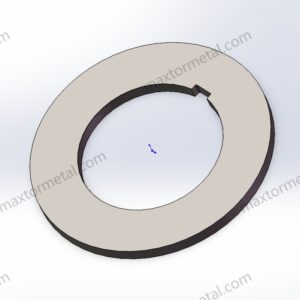
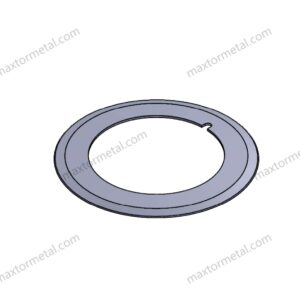
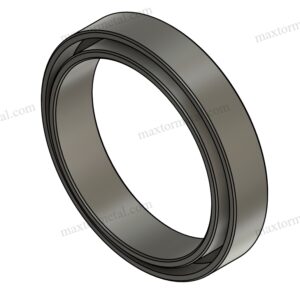
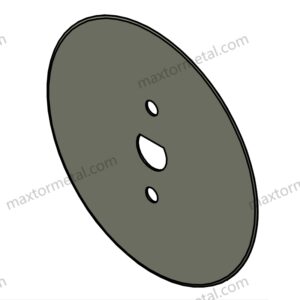
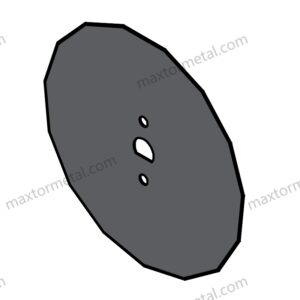
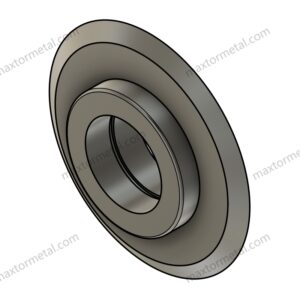
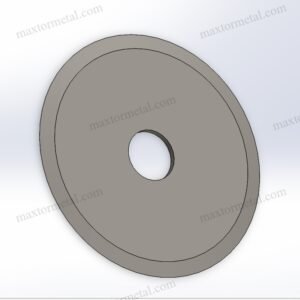

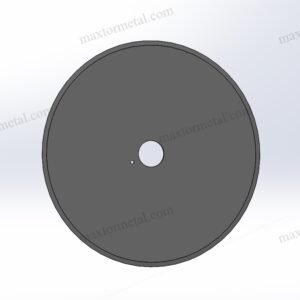
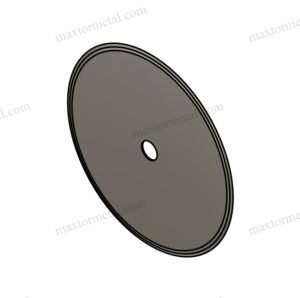
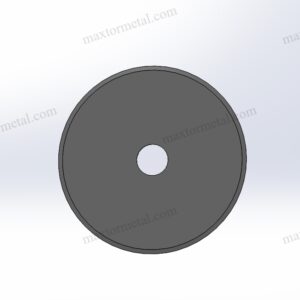
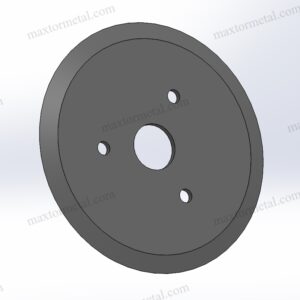
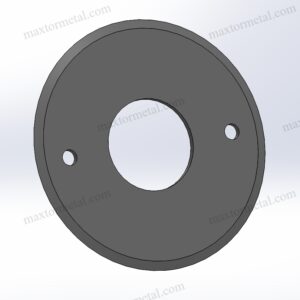
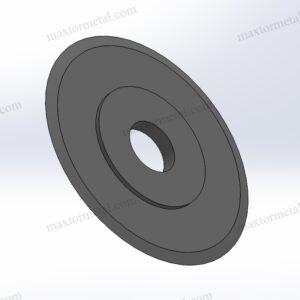


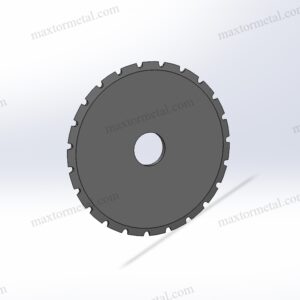
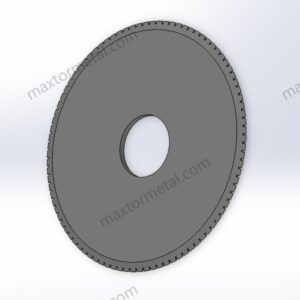
Profitez de la commodité d'une importation fluide. Du transport au dédouanement, nous gérons l'ensemble du processus. Il vous suffit de payer la TVA et d'attendre l'arrivée de vos marchandises.
Nous avons vu nos lames exceller dans d'innombrables applications et sommes prêts pour tout projet que vous nous confierez. Attendez-vous à la précision, à la durabilité et à des prix compétitifs inégalés.
Que vous fournissiez des dessins, des croquis ou des échantillons, nous pouvons concevoir et fabriquer pour vous. Nous avons également la capacité d'aider à modifier les conceptions et spécifications existantes pour améliorer presque toutes les applications d'outillage industriel. Veuillez contacter notre équipe de vente dédiée pour discuter de vos besoins spécifiques.
Une série de tests et d'inspections sont effectués pour contrôler la qualité, incluant l'inspection du premier article, l'inspection des matériaux entrants et les matériaux certifiés, l'inspection qualité en cours de production, et l'inspection qualité finale.
Que vous soyez un importateur, un distributeur, un grossiste ou un utilisateur final, nous vous accueillons. Bénéficiez de faibles quantités minimales de commande (MOQ), de demandes sans tracas et d'une plus grande liberté d'achat.
Considérez-nous comme votre moniteur exclusif. Nous vous fournirons régulièrement des mises à jour sur chaque étape cruciale de votre chaîne de production. Quelle que soit la distance, vous aurez un aperçu en temps réel de l'avancement de votre produit.
Nanjing Metal Industrial CO., Limited
Mingjue Industrial Park, Lishui, Nanjing, Jiangsu, China
Restez informé de nos dernières actualités.